Happy Reading Pioneers
On the shelf and in the box,here are this week’s featured texts.
Happy Reading Pioneers
On the shelf and in the box,here are this week’s featured texts.
Dough is always a favourite in the Pioneer Class. After reading the Little Red Hen, the children made their own dough. Each child had their own portion.There is so much learning to be done,making comparisons and considering ingredients.It takes a lot of communication and understanding to work alongside others and share the space and to clean up afterwards.
Go Pioneers
The Pioneers spent time exploring the potential of paint,mixing blues and greens. They used a selection of tools to move and mix the colour. There was silence in the room while they worked their magic.
Our Forest is the most magical place and the Pioneers loved being there. We set boundaries and looked for hazards. We painted and we played. We counted and collected. The whole day was so beautiful that we forgot about going indoors!
It is so great when the world is your classroom.
In Explorers Class we are talking about people who help us. Our week began talking about how Mummy and daddy help us at home. We then spoke about different jobs and people who help us. We have added some dressing up of different occupations to our role play area, such as firemen, policemen, nurses, doctors and we have already had lots of fire fighters this week! The children have looked at pictures of a person and a vehicle which are of a different occupation and have matched them together. The children have also picked an occupation they would like to be and made a hat to use during more imaginary play. For the final week of term we will change the role play equipment to different job types, so wait to see who we will be next week!


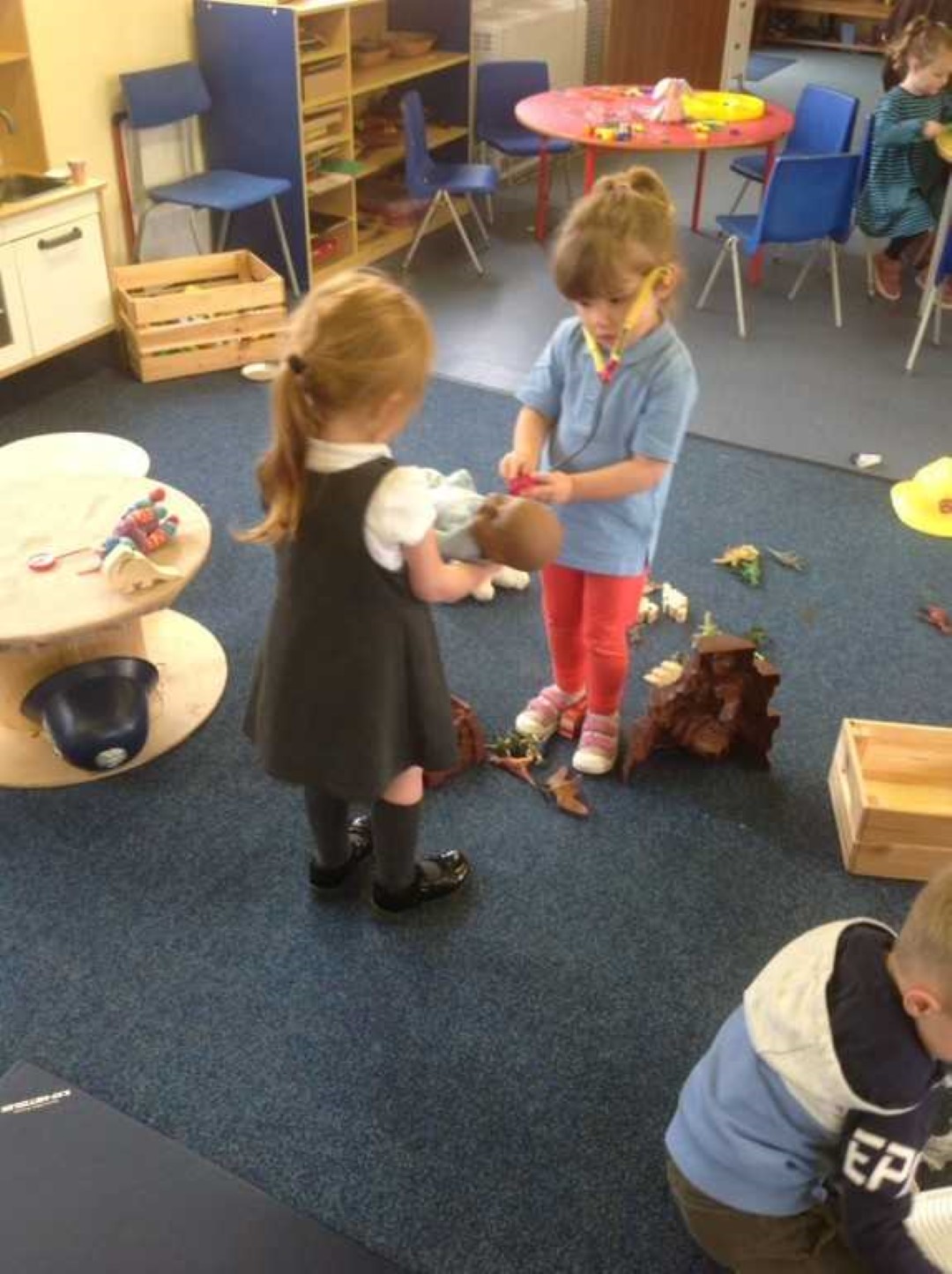
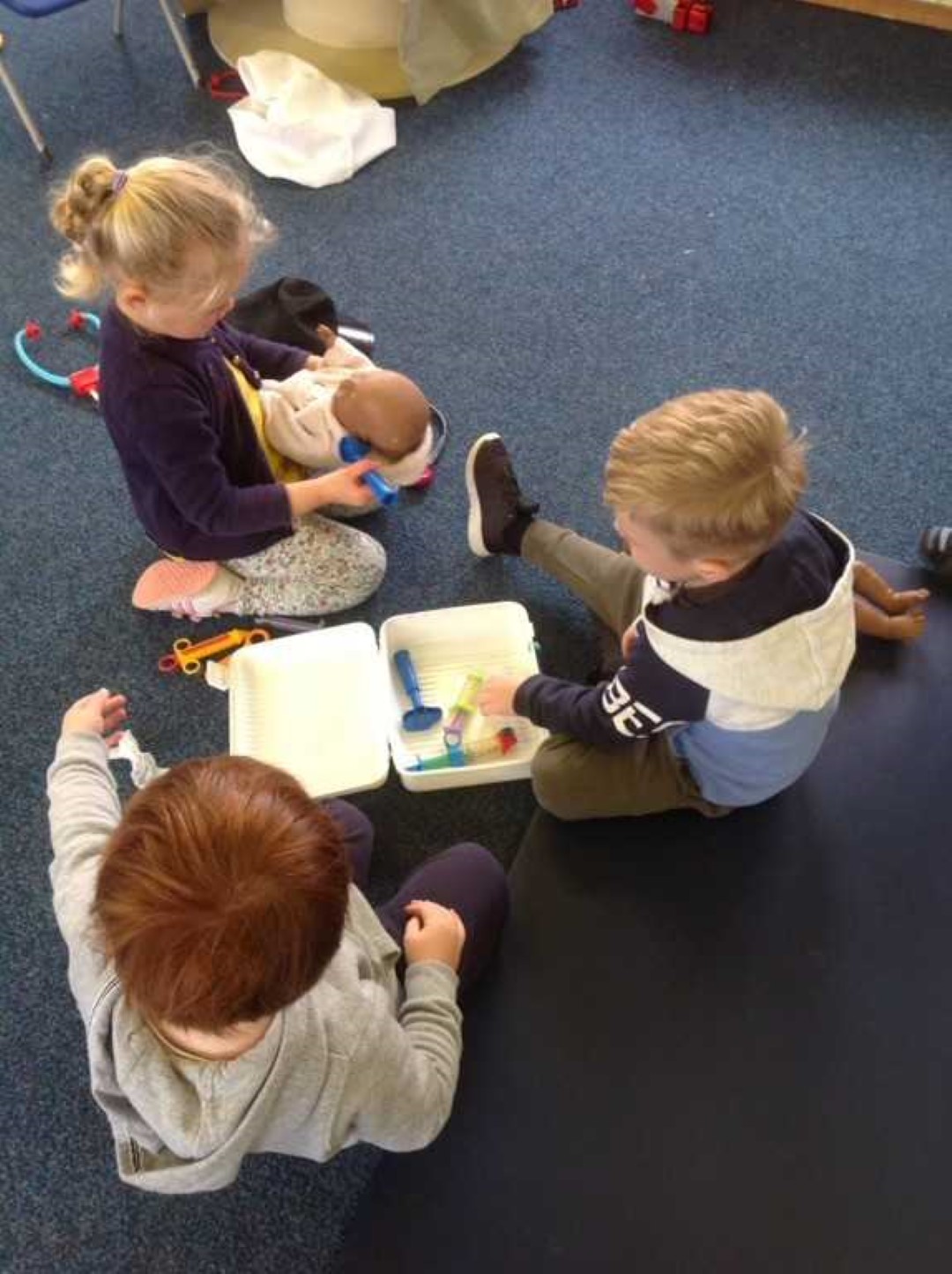
Welcome back Explorers! !The children have had a lovely morning getting back into the swing of things. All areas have been explored by the children and we had had some fantastic paintings, drawings, buildings and snacks made for Miss Idle and Mrs Bland. Here are some photos of our first day back.




Hello Explorers, I’ve found a very special poem that I wanted to share with you. We will miss you all and are very proud of you.
Have a lovely summer.
Miss Idle.

Good morning everyone. I hope you are all ok today.
Please remember to come and collect your child’s school report from the school office today (if you haven’t already).
Today’s suggested learning activities are as follows;- More details on Tapestry.
In English, there is a new Once Upon a Story to discuss.
In Maths, we have been learning about pattern this week, there are some fun games to enjoy today.
In Art we will be looking at how artists use colour and shape to produce a beautiful picture.
I would just like to say how amazing you have all been since March 23rd and lockdown began! You should all be very proud of yourselves. It has been truly lovely that we have all kept in touch via Tapestry and by telephone.
Enjoy the summer holidays and I will look forward to seeing you all in September!
Keep smiling 🙂
Mrs Brown
Happy last day, Discoverers,
We have made it to the Summer holidays, and you have worked so hard. Thank you 😀
Today, in English, you are going to continue writing your story.
Today, you will be writing the middle and the end.
Usually, in the middle of a story, there is a problem, which can be solved towards the end. What is the problem in your story?
When you have written your story, why don’t you read it to your family?
I would love to receive a video of you reading it, or a picture of your final version, so that I can read it myself ?
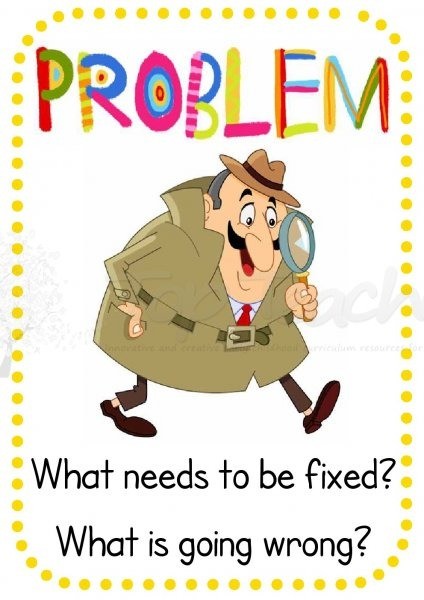
Today, in maths, you are continuing to learn about symmetry.
For the first question, draw the shapes in your book, and colour in the squares that are shown. Then, complete the shape by colouring in more squares, so that the shapes are symmetrical.
For the second question, reflect the shape through the line, so that it is symmetrical. To check your answers, you can cut out the shapes and fold them along the line, to see if they match up.
For the final question, the shapes need to be drawn in your maths books, and you need to imagine that the line is a mirror. Reflect the shape in the mirror so that it is drawn symmetrically on the opposite side. Remember, look closely at the shapes as both of them do not begin on the line.
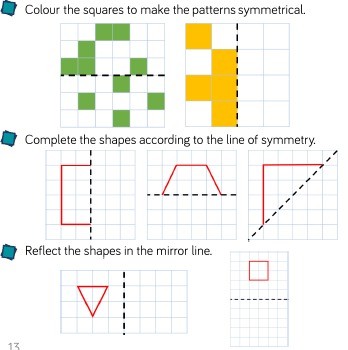
Our extra activity today, is something a little different.
I would like you to complete this mindfulness meditation.
You might like to do this activity before bedtime tonight, as you may feel tired, or even fall asleep at the end of it.
Follow the words in the video, and relax ?
https://www.youtube.com/watch?v=DWOHcGF1Tmc
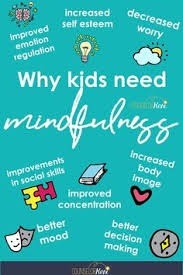
Have a wonderful Summer, and I will see you in September,
Mrs Taylor
We have made it through to the holidays. No more sleeps…
It’s Teddy Bears Picnic Day and I hope that you will join me in this wherever you are.
Here are your suggestions for today:
It is Picnic Day and toys enjoy real food and pretend food.
If you mix together 1 cup of flour with 2 cups of mud/compost and add water to make a dough,the resulting material is a fantastic mix to make and build with.
If you then add some cardboard and some leaves you have all you need to make tasty teddy treats.
Otherwise you could make some real sandwiches in the kitchen for you all to enjoy.
Get online and check the weather forecast before you set your rug out. You may have to set it out on the kitchen floor.
Happy Picnic All
Our Maths this week has been about big numbers. They all use zero.
Here is a story about Zero.Pop over to Tapestry to watch the video.
Once you have read the story,take a look at the book pages and try writing 100,1000,10,000,100,000,1,000,000.
You can also make the numbers on this week’s app:
https://apps.mathlearningcenter.org/number-pieces/
Here is the link to a big numbers episode of Numberblocks.
https://www.bbc.co.uk/iplayer/episode/m0007ln6/numberblocks-series-4-one-thousand-and-one
Enjoy
That’s Maths Magic